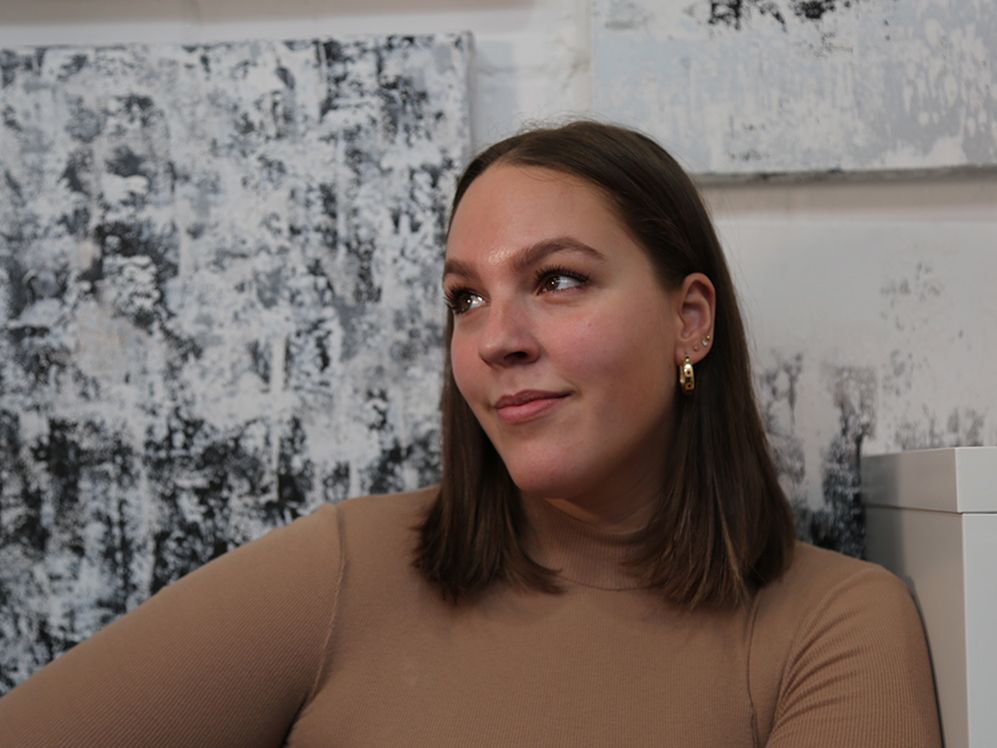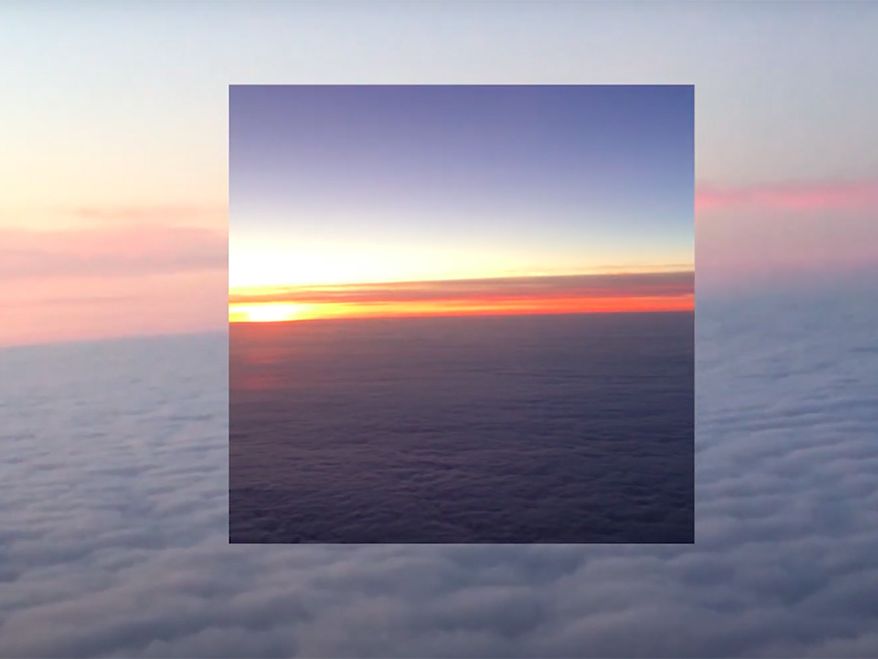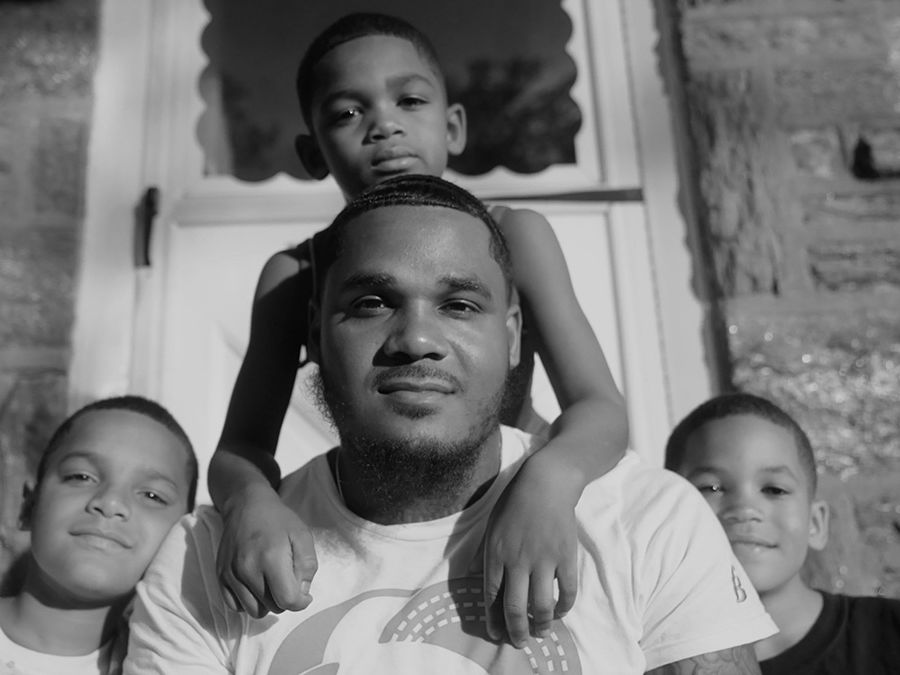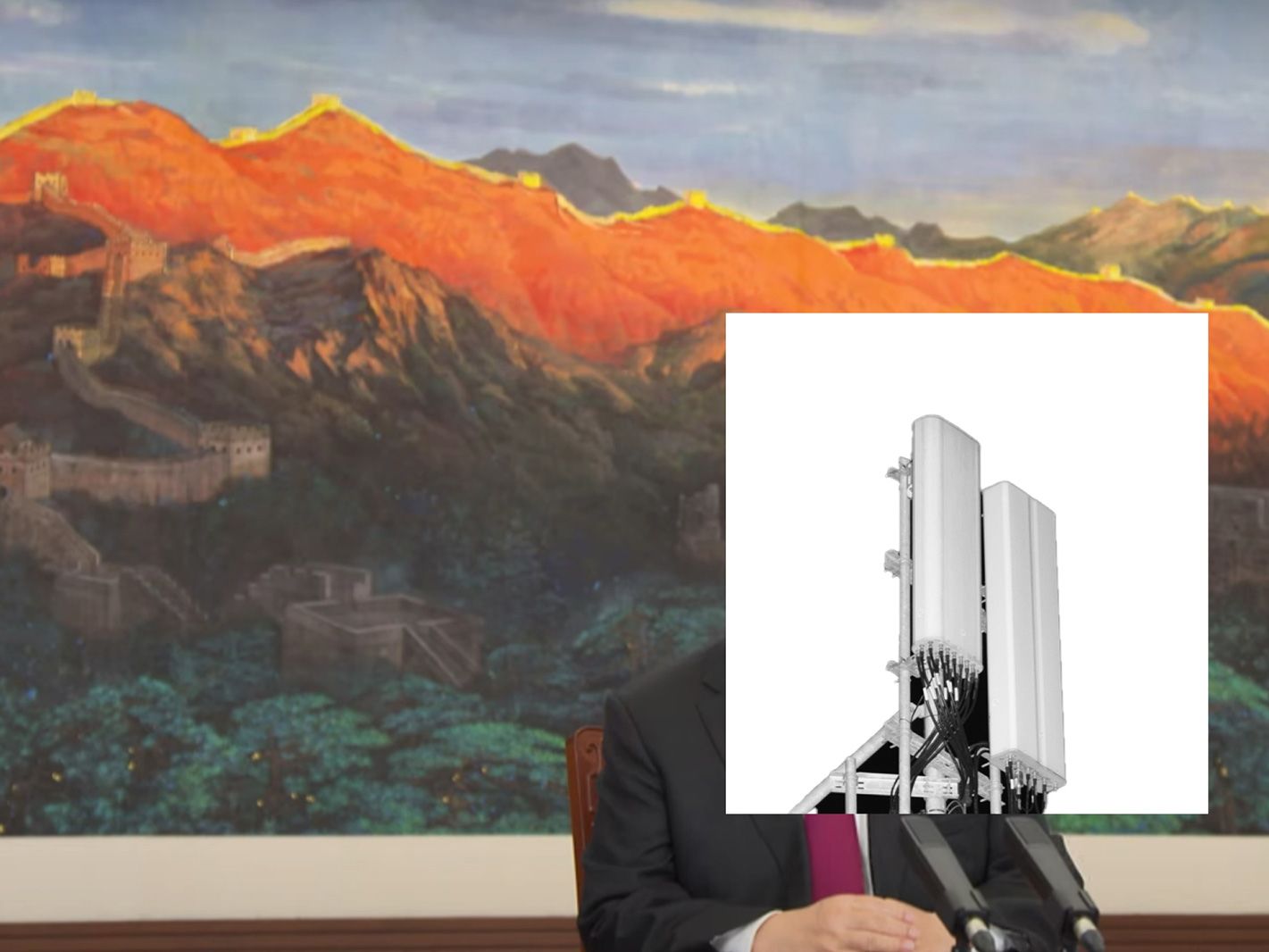
Graduate Voices: Taha Izzi
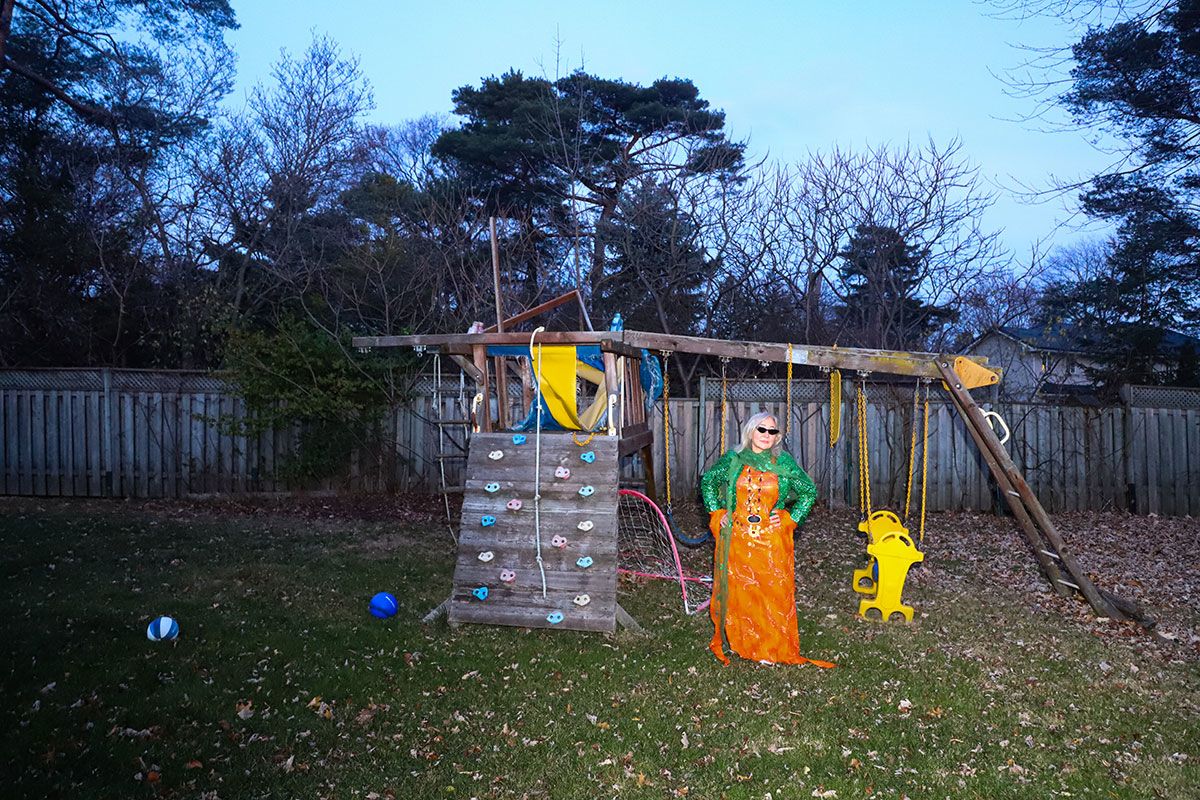
- Written byChloe Murphy
- Published date 27 June 2022

In an increasingly globalised visual culture, critical engagement is vital for our creative development: not only as makers and innovators, but as viewers and participants of an evolving world.
This ethos underpins BA (Hons) Photojournalism and Documentary Photography at London College of Communication (LCC), which emphasises the importance of developing a unique identity as a visual storyteller.
With opportunities to explore areas ranging from news photography and current events to conceptual documentary, editorial and multimedia, students are encouraged to consider the ways in which genre boundaries develop and shift within the contemporary media landscape while learning how to work within it in self-defined, flexible and creative ways.
Rooted in London’s lively photographic community, they graduate with the essential skills needed to become a working photographer for outlets including newspapers, magazines, digital platforms, books and picture agencies.
Taha Izzi
Born in Jordan, Taha Izzi is of half-Kurdish, half-Iraqi heritage, and was educated in Canada before moving to London in 2018.
As a fashion and documentary photographer, Taha’s work focuses on backstage, catwalk and street photography, and has included shooting numerous seasons of London Fashion Week. He has extensive experience in collaborating with a range of brands and designers for catalogues, websites and social media platforms, and has also extended his skillset by shooting film sets, including the recent short film, When Sky Was Sea.
Taha graduated from BA (Hons) Photojournalism and Documentary Photography in 2021, where he produced a Final Major Project entitled Without Location – a handmade, limited edition photobook that investigates the cultural importance of ‘being Kurdish without a home’.
We chatted to Taha about his journey into photography, the evolution of Without Location, and the importance of experimentation when building a portfolio.
Taha Izzi | BA (Hons) Photojournalism and Documentary Photography
Tell us about your creative practice.
I started to get into photography when I was 16 - I just kind of fell in love with it and decided that it was what I wanted to do. I wanted to go beyond just studying the subject in high school, but the areas I wanted to explore weren’t really taught in Toronto. My brother studied at UAL and I have a lot of family in London, so I decided to see if I could get into LCC.
At first, I studied on the foundation course, and I didn’t know anything about the photojournalism degree. During this time, I found out more about it, and decided to study it for my undergrad.
What does photojournalism and documentary photography mean to you?
For me, it’s following a person, telling a story and making a series of photos out of the experience. I think ‘storytelling’ is the perfect way to put it.

What inspired Without Location, and how did you develop it?
There are so many reasons that Without Location came out the way it did.
At the time, it was predominantly because of Covid: I couldn’t shoot what I usually shoot. My past projects had revolved around fashion as I work in vintage clothing, and I’d envisioned a whole project on the vintage scene. That was my world: whatever was around me, I photographed. When Covid happened, I was back in Canada and I was like: ‘Sh*t, what am I going to do? I can’t leave the house - how am I going to create a project now?’
Without Location started off as just taking photos of my mum with my phone. It was the first time I was back home since I ever moved out, and the longest I’ve been home since I moved out for uni. My mum would be doing stuff around the house, and whenever she did something that looked funny, I’d take photos of it on my phone and send it to the family group chat, like: ‘Look what Mum’s up to today’. I wondered if I could take this a step further and photograph her for my project.
If you look at the photos in the book, they’re pretty badass. I wanted to try to make my mum look as cool as possible - posing, but in a way that represents where she comes from. Once I had the photos, I wondered how best to present them. Realistically, I didn’t want this work to be shown in a space, so I decided that I’d like to have it in a book.
Developing a book in an increasingly digital landscape feels like a significant statement as a creative practitioner. How did you develop the physical aspects of Without Location?
From start to finish, it took me 3 months to create my photobook, which is entirely handmade. While I knew what I wanted to make from the beginning, it turned out a little differently to my initial ideas.
At the start of the process, I had 2 stories: one of my mum and one of a camera that I found in a charity shop, so I decided to produce 2 different books. My tutors told me to try going deeper by connecting the 2 books into 1, and I realised that I didn’t want whoever was flipping through the book to only flip through one side - I wanted a different kind of interaction.
Through experimenting with different layouts and different fonts, and through a lot of trial and error, I found the layout I wanted. It’s called a ‘gatefold’, where the left and the right sides correlate together, and whoever’s reading the book flips 2 narratives together.
Without Location | Taha Izzi
What did you enjoy the most about studying at LCC?
One thing I didn’t know about before I joined the College was all the facilities that LCC has to offer. I think they were what I most enjoyed out of my entire 4 years as a student, and I can’t talk enough about how much I loved being able to use them.
I lived down the road from the College Building, and everything was so accessible, like the Dark Room or the Letterpress and Screen Printing spaces. If I ever had an idea, I could just sign up, book myself a slot, and make it happen.
The technicians in the facilities have worked with so many students in the past, and they have so much expertise. I used to just sit down and brainstorm with them, and they’d pull out so many ideas and examples from past work.
When the College Building first opened after the pandemic, I knew I wanted to make a book but felt so lost and unsure about things. I’d advise any LCC student who’s looking for inspiration to just go and ask the technicians for help – they’re the best people to speak to.
What was your typical day as a student like?
Even when I didn’t have lectures, I’d still be in 5 days a week, where I’d most often be using the facilities – especially when developing and scanning film in the photography spaces. When my Final Major Project came around, I spent most of my time going between the Book Arts and Letterpress spaces.
I actually used letterpress to design the cover of the photobook, which I initially didn’t think would work because I was using velvet. There was a lot of trial and error – the technicians and I used different fonts, colours and sizes until we succeeded.

What are your tips for students who are interested in exploring the world of photography and photojournalism?
Put together a portfolio of your work. At first, my idea of a portfolio was something I’d just insert photos into, and that was it. I soon realised how important it is to also showcase a range of different media to show that you’re not only capable of doing photography, but that you can also do other things.
You also don’t have to only include your best work - I also suggest putting some things in just to show areas where you can grow. For me, my portfolio is made up of my best work, yes, but at the same time, it also features work that’s never gone anywhere - that’s very experimental and shows the other kinds of things that I can do.
This approach was particularly important when I was putting my portfolio together, as at the time, I was only shooting digital and just learning how to use film. My skill wasn’t at the level that it is now, but it still showed that I’m open to learning different media and formats.
What kinds of creative projects are you working on at the moment?
I’ve decided that I’m going to continue book-making, and I’m actually working on my next book project at the moment.
Without Location opened a completely different door for me because I didn’t know how fun book-making could be before I started it. If you want a simple book, you can make it simply with an easy bind and an easy hardcover, but I also love how complicated and technical you can make a book too – you can stitch your bind in interesting ways, and think about different ways to present and fold your pages.
There’s so much room and almost no limit to book creation.
Related links:
- Explore more of Taha's work on Instagram and the UAL Graduate Showcase.
- Learn more about BA (Hons) Photojournalism and Documentary Photography at London College of Communication.
- Find out more about the work of our Media School.
- Experience life at LCC through our interactive Virtual Open Day.
